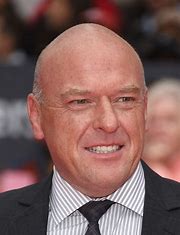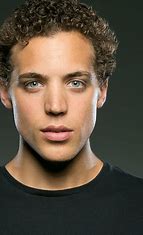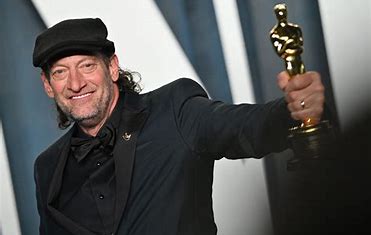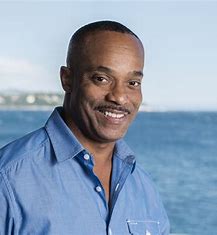Introduction
Kenneth More was a British actor who made a name for himself in the film industry during the 1950s and 60s. He was known for his charming personality, good looks, and acting skills that made him a favorite among audiences. His contributions to the film industry have been recognized through several awards and accolades, including the BAFTA Award for Best British Actor. In this blog post, we will explore the legacy of Kenneth More and his films, biography, and Father Brown mysteries.
Kenneth More Films
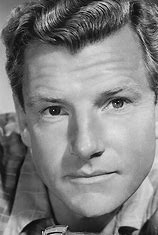
Kenneth More Wikipedia and IMDB
Kenneth More appeared in over 70 films throughout his career. Some of his most notable films include “Genevieve” (1953), “Reach for the Sky” (1956), “A Night to Remember” (1958), and “The 39 Steps” (1959). He was also a regular performer in war films, playing roles in “The Battle of Britain” (1969) and “Sink the Bismarck!” (1960). His performances in these films were critically acclaimed, and he was regarded as one of the most versatile actors of his time.
You can find more information about Kenneth More’s films on his Wikipedia page or his IMDB profile. These online resources provide details about his filmography, critical reception, and box office performance. They also include trivia and interesting facts about his life and career.
Kenneth More Biography
Kenneth More Biography
Kenneth More was born in London in 1914. He began his acting career in the theater and later transitioned to films. He served in the Royal Air Force during World War II and was awarded the Distinguished Flying Cross for his service. He continued to act in films until his death in 1982.
His biography provides an in-depth look at his life, career, and personal relationships. It includes details about his childhood, his experiences in the war, and his rise to fame in the film industry. It also explores his personal life, including his marriage and children.
Father Brown Kenneth More Mysteries
Father Brown TV Series
Kenneth More played the role of Father Brown in the TV series “Father Brown Mysteries” in the 1970s. The series was based on the stories of G.K. Chesterton and followed the adventures of a Catholic priest who solves crimes in his spare time. More’s portrayal of Father Brown was well-received by audiences and critics alike.
The Father Brown Mysteries remain popular today and have been adapted into several TV series and films. Kenneth More’s performance as Father Brown is still remembered fondly by fans of the series.
Conclusion
Kenneth More’s legacy in the film industry continues to be celebrated today. His films, biography, and Father Brown mysteries are just some of the ways in which he has left his mark on popular culture. Whether you are a fan of classic films or crime dramas, there is something for everyone in Kenneth More’s body of work.
FAQ
Who is Kenneth More?
Kenneth More was a British actor who appeared in over 100 films, including “Genevieve,” “Reach for the Sky,” and “The 39 Steps.”
What is the legacy of Kenneth More?
Kenneth More is remembered as one of Britain’s most beloved actors, known for his charm, wit, and versatility. He was also a war hero, having served in the Royal Navy during World War II.
What films did Kenneth More star in?
Kenneth More starred in a wide range of films, from comedies like “Genevieve” to dramas like “A Night to Remember.” Other notable films include “The 39 Steps,” “Reach for the Sky,” and “Northwest Frontier.”
Is there a biography of Kenneth More?
Yes, there is a biography of Kenneth More called “More or Less: The Definitive Kenneth More Biography” by Mark More. The book explores More’s life and career, including his experiences in World War II and his relationships with other actors.
What are the Father Brown Mysteries?
The Father Brown Mysteries are a series of detective stories written by G.K. Chesterton. They feature a Catholic priest named Father Brown who solves crimes using his knowledge of human nature and his understanding of the criminal mind. Kenneth More starred in a TV adaptation of the stories in the 1970s.
